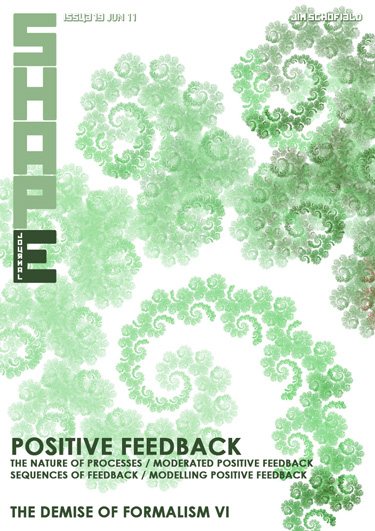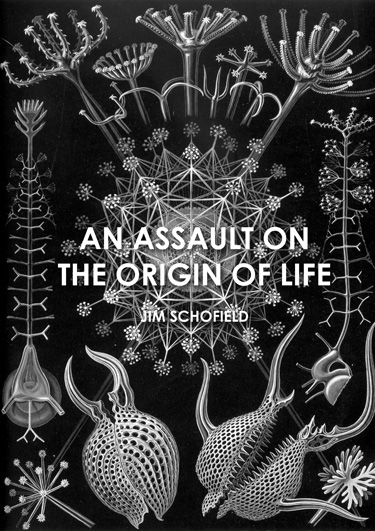Why was there such a thing as Shadow Theatre?
It is, in a way, a kind of minimalist means of telling a story, but it also involves the most striking symbols of the types of people, places and events that are involved. And I characterise them as symbols with good reason: images or representations would be simply not appropriate. For they are immediately recognisable, and can “perform” in standard recognisable ways all sorts of “characteristic” actions, which would be difficult to present in a real theatre with actors and props (though in Far Eastern theatrical traditions, and ancient Greek Theatre, they did also attempt to do it with masks and/or dramatic costumes).
The suspension of disbelief was considered paramount; so the inadequacy of direct portrayal by perhaps less-than-convincing human representations, and the use of symbols seemed to greatly aid this requirement. Also, the ambiguity involved in using shadows allowed the imaginations of the audience to “fill-in” what was not there, and also allowed the effects, possible with shadows, could also be put to “magical” uses. The rhythm of the actions and the possibility of transformations by merely changing the angle of presentation of the puppets (or even the distance from the screen to deliver indefinite, ghostlike” images, could elicit in the audience a magical imperative of a story-line, almost impossible by other means at that time. It was, indeed, a very telling means of delivering a known and striking legend or myth.
Four different shadow views of the same object
demonstrating the illusory effects of shadow distortions
Now, this brief introduction may surprise its readers, when they discover that this essay is actually about Mathematics!
The writer is both a mathematician and a scientist, and has for many years sought a characterisation of what is involved in these two seemingly closely related areas, but which turn out to be very differently grounded. They turn out to be not the most comfortable bedfellows by any measure of means.
By far the most difficult to pin down was always Mathematics. It is, at the same time, considered both as the most abstract representation of Reality, while also its inner imperative – its actual driving force! And these are certainly inherently contradictory characterisations.
How can Form – the substance of all Mathematics, be both abstract and also the cause of all concrete phenomena? The only answer is that it cannot be both!
Yet, some seemingly sublime things can be unearthed by Mathematics alone, so what is actually going on? What is Mathematics really? What does it deliver? Can it really be the essence of Reality?
These are important questions, and are, even by the giants in those fields of endeavour and explanation, very poorly understood. Indeed, the whole History of Science (and even of Philosophy) has displayed a constant oscillation between disembodied Form and Concrete Content as the basis of Everything – indeed between Idealism and Materialism! And sometimes, the imposition of what are clearly idealised Forms upon aspects of Reality has proved amazingly fruitful, and even in the most surprising applications, for solving real, everyday problems.
Nothing could be more idealised than Euclidian Geometry with its dimensionless dots, and lines of zero thickness, not to mention its perfect circles and infinite perfectly flat planes. And yet it proved to be packed full of resonances with certain aspects of Reality and was so formally coherent that sound proofs could be constructed within this Ideal World alone! It empowered Man to solve real problems in his concretely existing World, by tackling them in a totally idealised World! No wonder these early mathematicians endowed their subject with transcendental properties to deliver the actual essences of Reality.
But, of course, it simply wasn’t true! It did not deliver a single CAUSE!
It delivered what came to be called Pure Form (unadulterated by the noise and dirt of the Real World) And knowing and understanding Form of itself could be extremely useful, even when applied in a much more complex real World. Indeed, it proved (much later in History) to be possible to manipulate Reality to clearly expose such Ideal Forms, which “proved” once and for all that these essences simply must be there! How could you reveal something that was merely a figment of your imagination? NO, you were extracting something that Reality actually contained!
The careful construction of appropriate Domains of Reality, with the control and even the suppression of many factors could indeed transform a situation, so that the most important relations were exposed clearly, and could be both extracted and presented mathematically as Equations.
Man did seem to be exposing the hidden essences of Reality, and they were indeed Forms! The World appeared to be constructed out of multiple contributing Forms, which Mankind was getting increasingly better at extracting, manipulating and even using! But, the question still hung there unanswered, “Could purely abstract relations actually cause concrete phenomena, or were the concrete phenomena generating Universal Forms?”
After many attempts to correctly characterise Mathematics, which had to explain how what seemed to be intrinsic Form, it was clear that these could not only be recognised and extracted, but then could be manipulated in isolation from its place in the concrete World, to some really useful purpose. There was something clearly objective even in abstract Mathematics! What could it be?
Perhaps the Shadow Theatre could throw some light upon these questions!
I suddenly realised that doing Mathematics was like shining a powerful light to reveal only the Shape of things by the shadows that they could cast! The analogy was more than a clever, but superficial, construct. It included the possibility that different things could cast very similar shadows, and were also capable of misinterpretation! Shadows require not only a source of light, but also a receiving surface, where the shadows could be cast. And the nature of the latter could certainly both select single Forms from many, or even distorts them markedly. Yet measurements of such shadows would still contain some Objective Content: they would have been caused by real concrete set ups. Even though the receiving surface could be at an angle, or curved, or even uneven, they would never be valueless, they would still contain real features of the original, though mediated by the overall circumstances of their projection upon the receiving surface. Even the nature of the casting light would have its effect but would never be arbitrary. Imagine the difference between the shadows projected by a point source of light upon a flat surface compared with a spherical surface surrounding both the light of the object to be studied.
Giorgio de Chirico's architectures of shadow
Yet the very limitations of Form delivered by such means, was simplified, without totally losing any objectivity. Even in a distorted shadow, there will still be Objective Content from the really existing concrete source. And the mixture of simplification and Objective Content could be very informative, especially if the simplification could be appropriately controlled and adjusted to expose a chosen feature.
Finally, the constancy of capture – shadows on a screen, would certainly impose a consistency on the things studied – a crackable universality. So, if all this is legitimate we have Mathematics as the Shadowland of Reality – a filter and a dramatisation that does facilitate the possibility of a beginning to its understanding.
Yet it also removes forever the idea that Form exposes the driving essences of Reality. That clearly is a myth!








